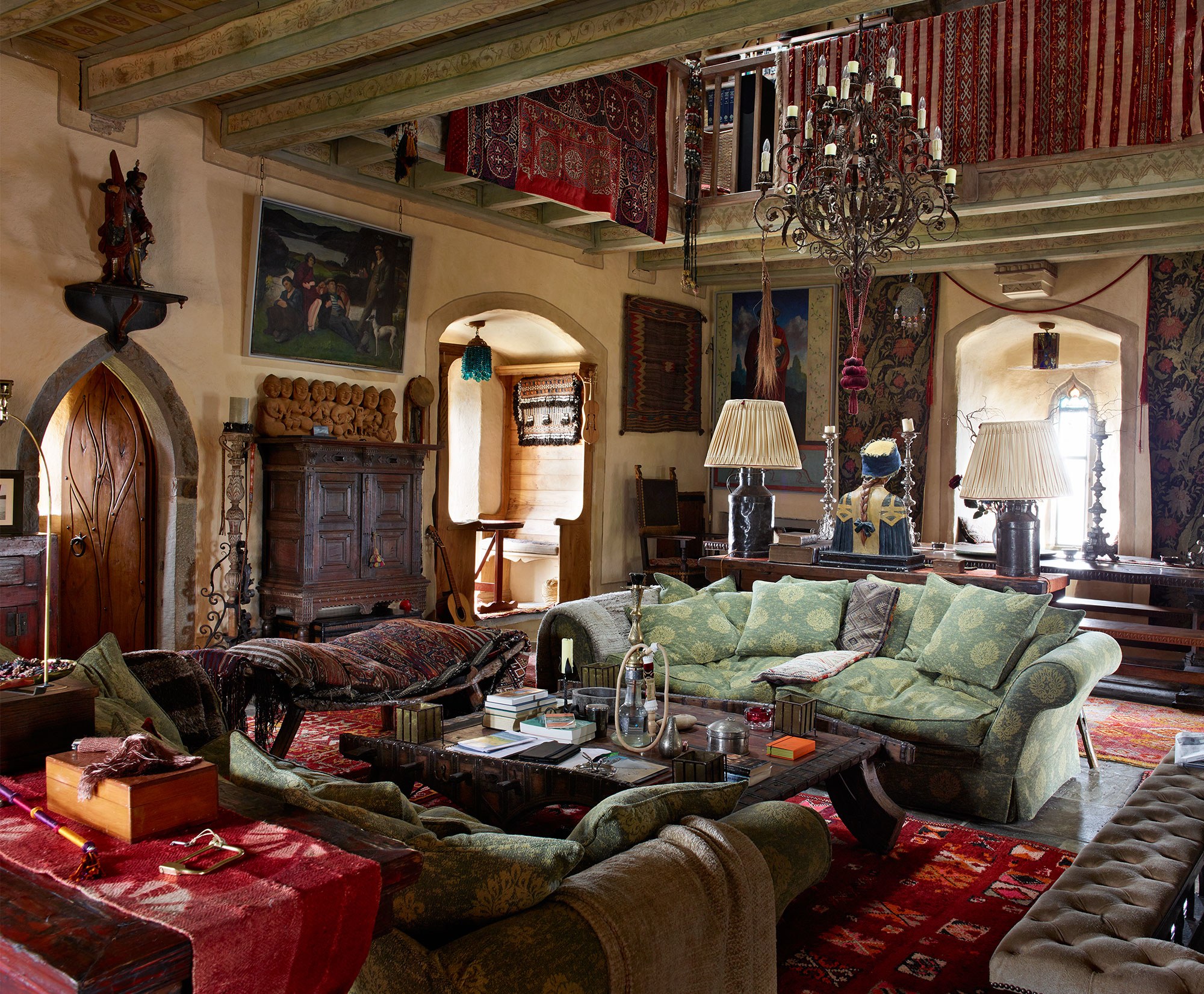
We are absolutely taken by this article by David Kamp for Vanity Fair Magazine and this ambitious restoration project undertaken by Actor Jeremy Irons. The fact that he’s a sailor is—well, just bonus!
Its a wonderful read. We encourage you to pick up the October 2017 issue of Vanity Fair Magazine and read it for yourself or view it online.
Below a few excerpts:
In the midst of a creative crisis, the British actor impulsively purchased Kilcoe Castle, a long-abandoned fortress near the water. VF Writer, David Kamp learns how a magical retreat came to be. Inlaid in the wall of the courtyard, was a pale stone slab. Etched into the slab were the following words
MANY HEARTS LIE IN THESE WALLS.
FOUR YEARS WE WORKED, AND WE
JUST DID THE BEST WITH WHAT WE KNEW.
AND WHAT WE DID YOU SEE.
A.D. 2002
The hard work of making Kilcoe habitable again began in 1998 and took six years, wrapping up in 2004
Kilcoe, while not remotely a faithful re-creation of what it was 600 years ago—it offers such modern features as hot and cold running water, electricity, and Wi-Fi—is a magnificent place: at once stately-home beautiful and slightly mad, a 360-degree immersion in its owner’s eccentric psyche.
As Irons took on the massive project, his wife, the actress Sinéad Cusack notes: it was no coincidence that Irons, who was born in 1948, was soon to turn 50. “I did see it very much as Jeremy’s midlife crisis, and that he should get on with it,” she said. “Also, I understood where the need came from. Jeremy can’t bear waste. He can’t throw things out. I think he saw that castle as a beautiful ruin that needed to be saved, that needed not to die.”
But generally his instincts proved sharp. Early on, Irons noticed twig-like striations in the mortar on the barrel-vaulted ceiling of the main tower’s second floor, which is now a game room occupied by a large snooker table. Doing some research, Irons learned that, in medieval times, builders formed arched ceilings by bending into place a series of large wicker panels made of pliant, weaving-friendly woods such as hazel and willow, and holding these panels aloft from below with strong timber posts. The builders would then lay stones and mortar above the panels. Once the mortar squeezed through the woven panels and dried, the arches would hold themselves, and the underlying timber posts were removed. This backstory warmed Irons to the idea of using wicker panels as a decorative element throughout Kilcoe. He found a German-born weaver based in Cork, Katrin Schwart, to make such panels for the game room’s ceiling, and the results proved so spectacular that Schwart’s ornate wickerwork is now a motif throughout the castle, appearing on guest-bedroom ceilings, in the headboard of Irons’s own bed, and even on the outer frame of his bathtub.
“There’s something about the castle that generates the most extraordinary energy,” Irons said to me. “Everybody stays up ‘til three, four in the morning—talking, listening to music, drinking. You just want to go on, go on. It takes a bit of getting used to, this place. Because it does somehow produce an energy. Have you felt it?”
Kilcoe.
Article by David Kamp.
Photographs by Simon Upton.
Read the article in it’s entirety in the October 2017 issue of Vanity Fair Magazine and online at https://www.vanityfair.com (yes, we are all subscribers :) ^jh
